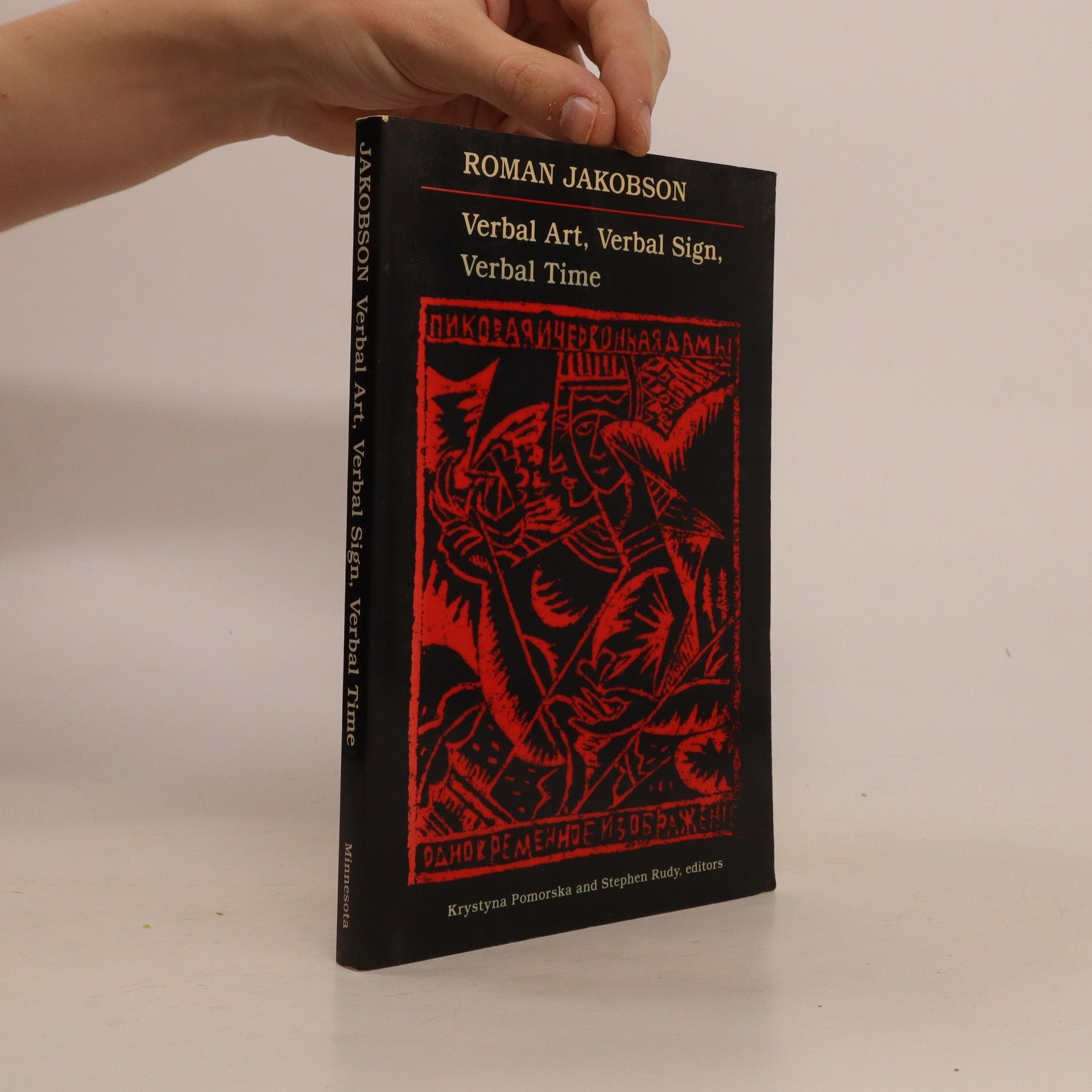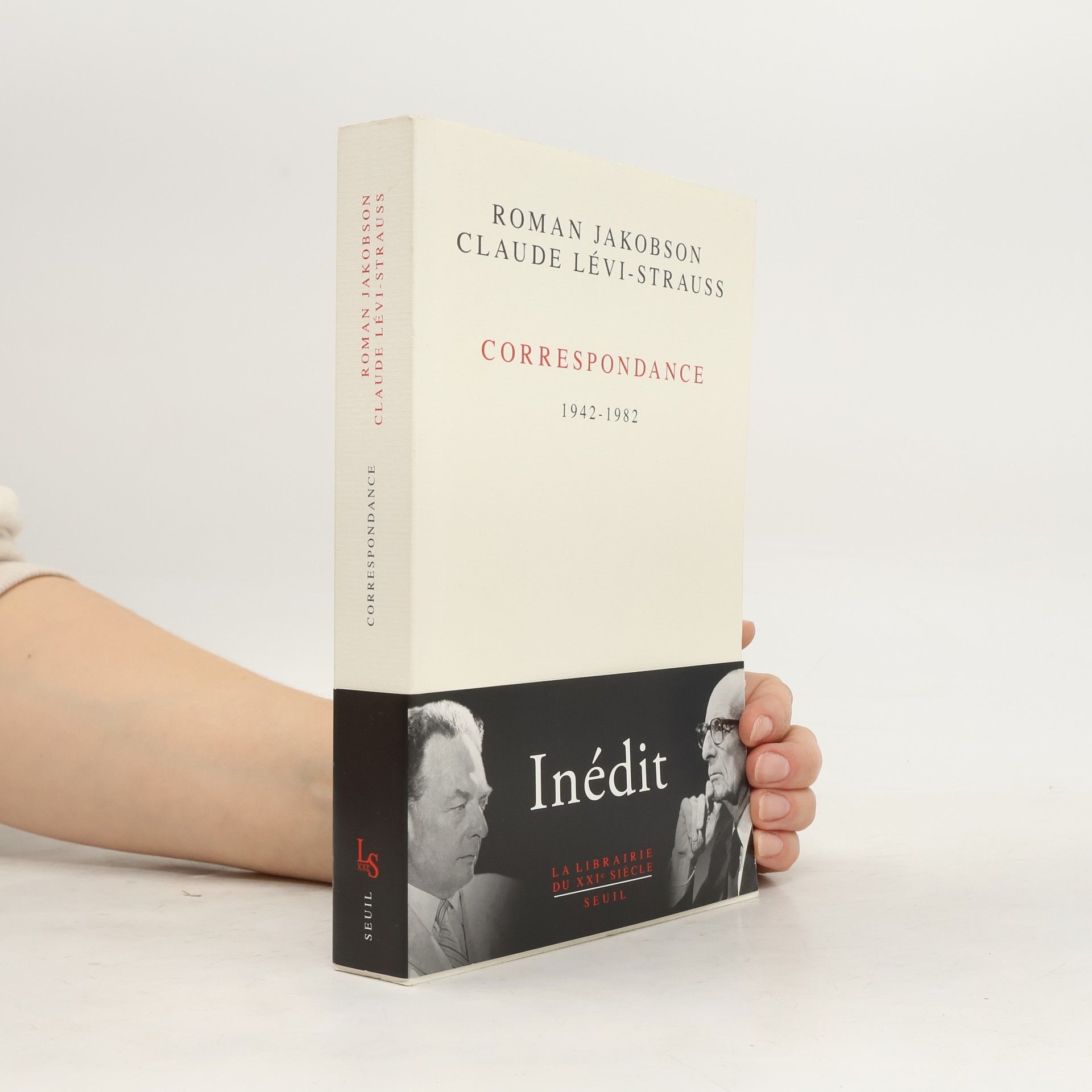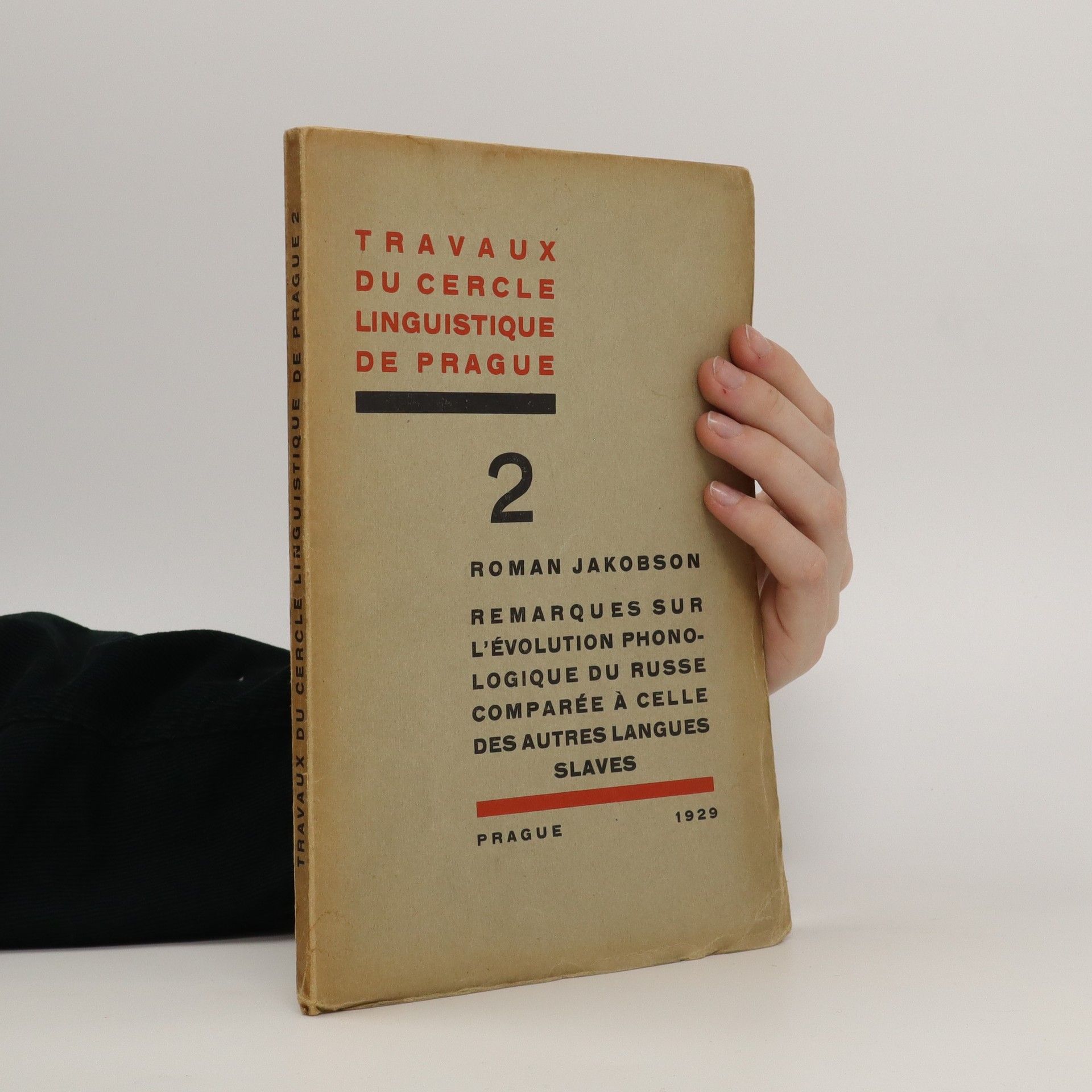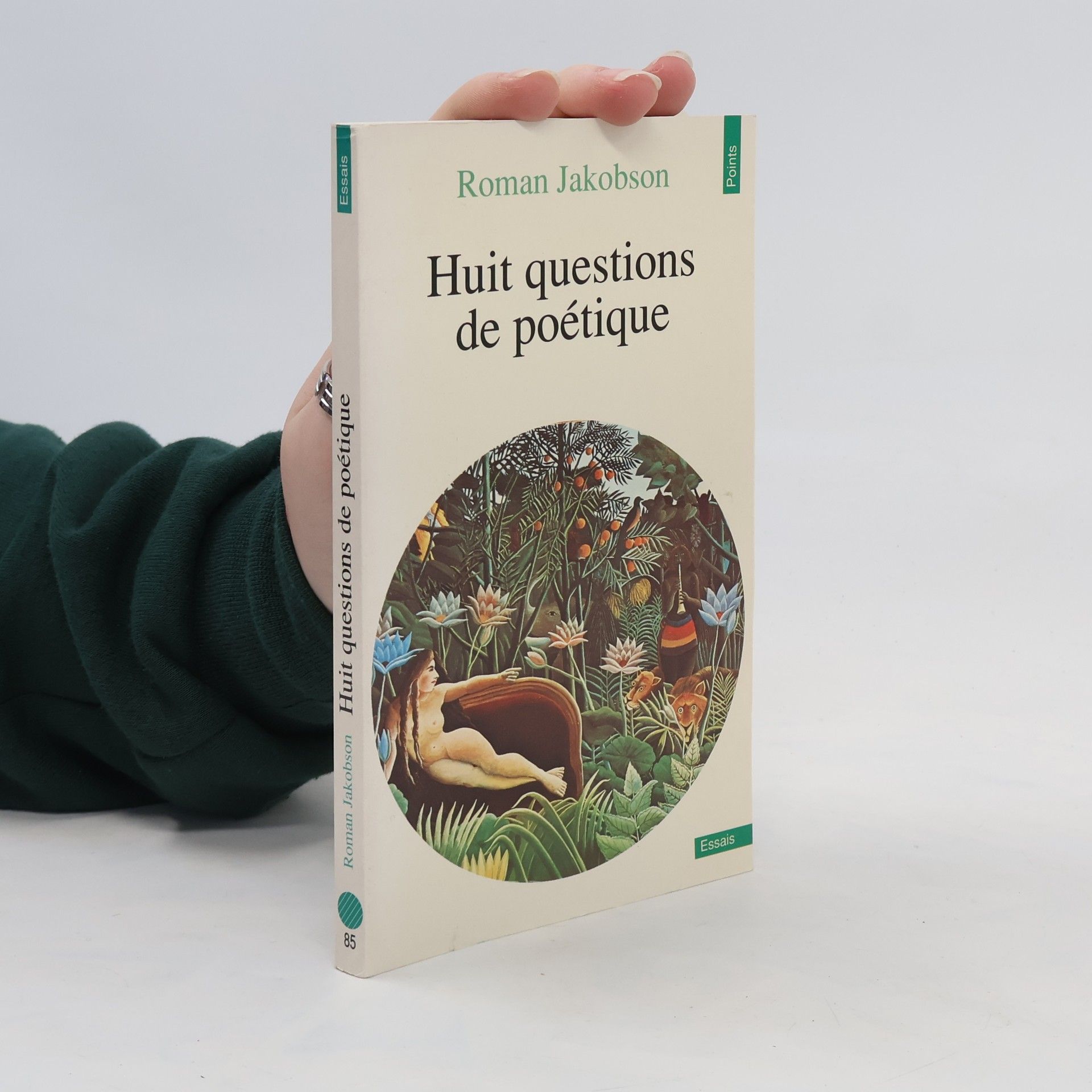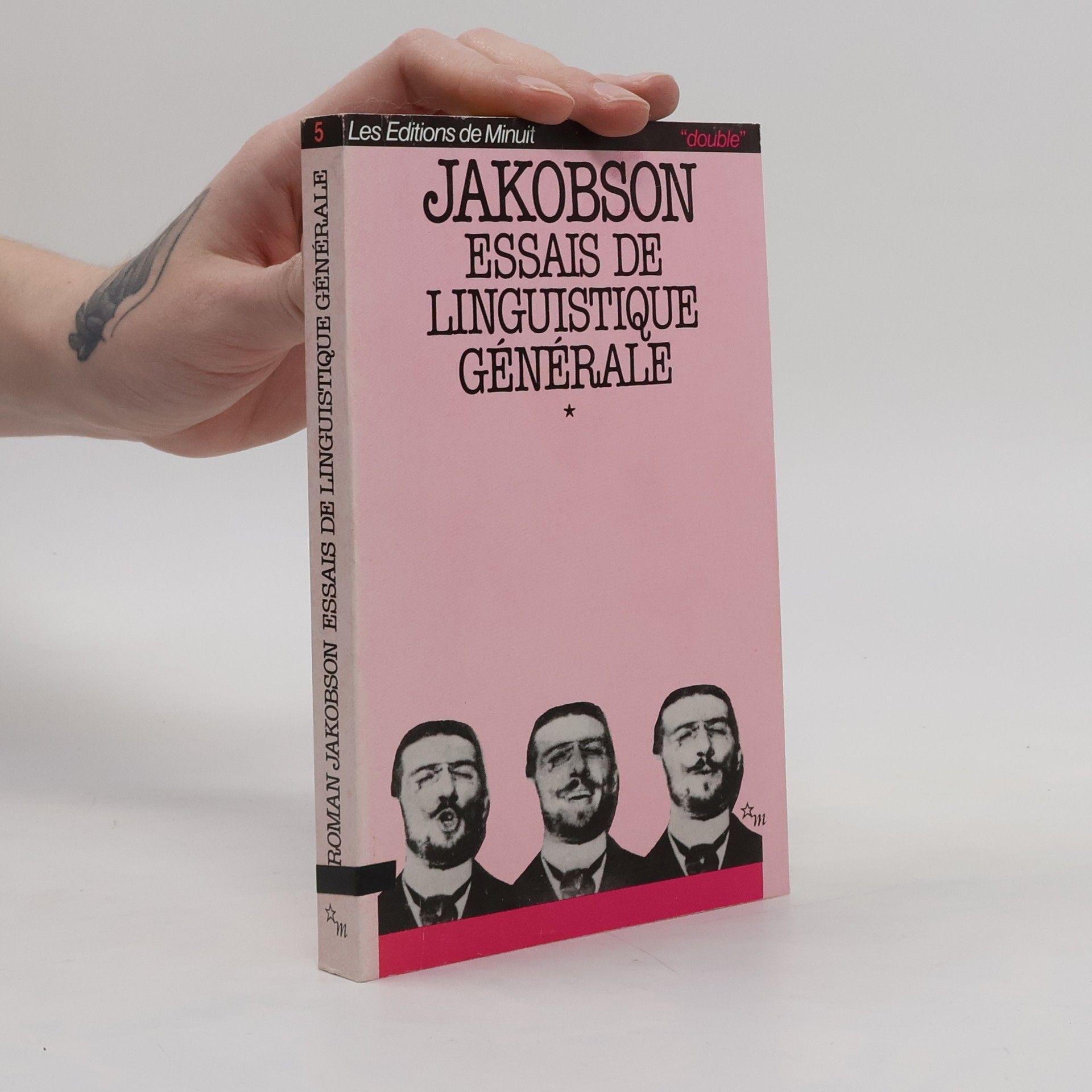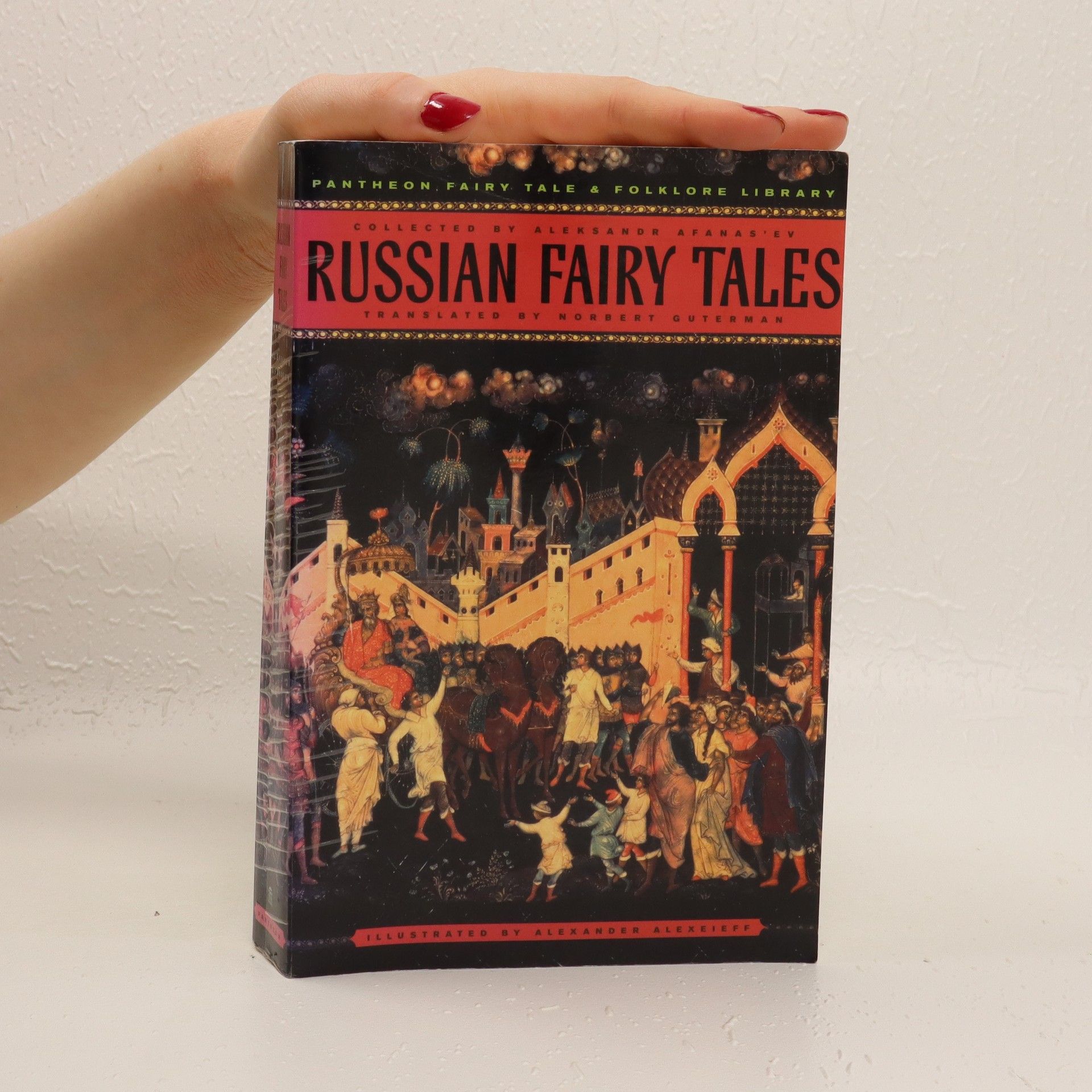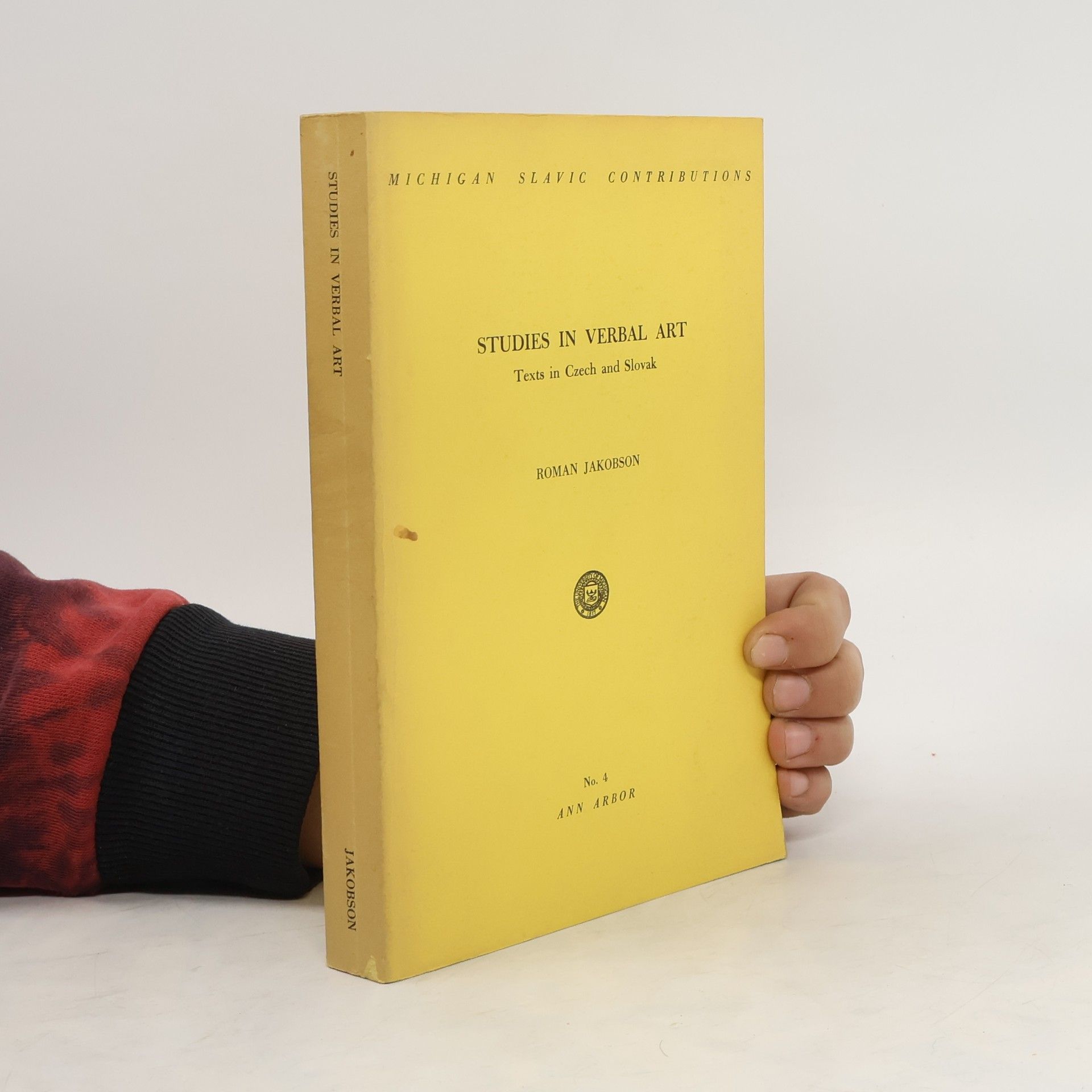Essais de linguistique générale
- 259pages
- 10 heures de lecture
Première édition en français, Ed. de Minuit, 1963. Onze essais (dont le plus ancien date de 1949) portant sur les problèmes fondamentaux qui se posent à la linguistique structurale: en phonologie, grammaire, sémantique, rhétorique, poétique, etc. Parmi les chapitres importants on note: Phonologie et phonétique (le principe de binarité) - Aspects linguistiques de la traduction - Linguistique et théorie de la communication (la notion de communication est primordiale dans l'oeuvre de Jakobson) - Linguistique et poétique. L'auteur s'efforce sans relâche d'aborder linguistiquement les problèmes de sens. La préface de Nicolas Ruwet, p. 7-21, permet au lecteur peu averti de s'orienter avec rapidité. Ce livre se lit sans difficulté véritable, et même parfois avec amusement. Sa lecture partielle est possible dès la première année du cycle collégial. Fondamental.


